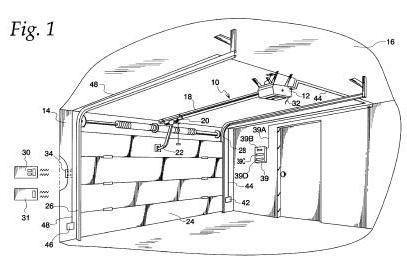Tag Archives: Copyright
Copyright Lawsuit against Patent Firms Continue: Firms Claim Fair Use and Copyright Misuse
Supreme Court to Hear International Copyright Exhaustion Case
Copyright: Lawfirms Sued for Submitting Prior Art to the USPTO
The New Choice: Inequitable Conduct or Copyright Infringement
Copyright versus Free Speech
Copyright: Supreme Court to Hear Constitutional Challenge to Copyright Restoration
Copyright Interlude: What is the Public Domain?
Guest Post: Copyrights, Patents, and International Exhaustion
Guest Post: Open Season on Copyright Infringement Claims? All Hail, or Hate, the “Troll”?
Supreme Court to Decide Case of International Copyright Exhaustion
Design Law: Protecting Copyrighted Designs
Open Source License Conditions Enforceable Through Copyright Law
First Sale Doctrine: Copyright & Patent
Copyright Query
Court Upholds Dual Patent/Copyright Protection for Software
Hollywood Proposes That USPTO Regulate Technological Copyright Management
Federal Circuit Broadly Interprets Copyright Safe Harbor for Computer Repair
Preemption: Copyright Act Does Not Preempt Illinois Right To Publicity

June Toney consented to allow her photograph to be used, to advertise a hair-relaxer (“Ultra Sheen Supreme”) by Carson Products. L’Oreal later acquired the Ultra Sheen line and began to use the photo without her permission and beyond the time-period specified in the original contract, Toney sued — alleging a violation of her right of publicity under Illinois law. The district court dismissed the case as preempted under 17 USC 301.
On appeal, the Seventh Circuit panel vacated, finding that the Illinois Statute protecting the right of publicity is not preempted by the copyright act because the rights to publicity protect the identity of a person rather than a particular tangible picture or photograph.
Therefore, the bottom line is that Toney’s claim under the Illinois right of publicity statute is not preempted by federal copyright law.
Vacated and Remanded.
File Attachment: Toney v. Loreal.pdf (26 KB)
